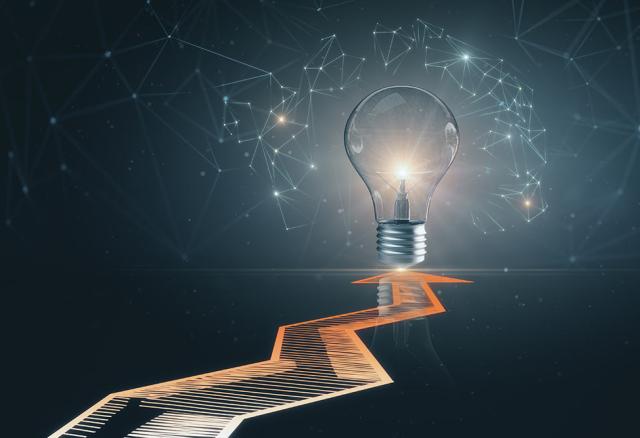SPS Pioneers in IEEE History: Prof. Pierre Comon
Pierre Comon is currently Emeritus Research Director with CNRS. He received the Doctorate degree in 1985 from the University of Grenoble, and the…
Read moreSPS Pioneers in IEEE History: Prof. Konstantinos N. (Kostas) Plataniotis
Professor Konstantinos N (Kostas) Plataniotis is the Bell Canada Endowed Chair in Multimedia and a professor with The Edward S. Rogers Sr. Department…
Read moreSPS Pioneers in IEEE History: Prof. Nikolaos (Nikos) Sidiropoulos
Prof. Nikolaos (Nikos) Sidiropoulos is the Louis T. Rader Professor of Electrical and Computer Engineering at the University of Virginia. He earned…
Read moreUpcoming SPEAR Challenge: 2023 SPeech Enhancement for Augmented Reality (SPEAR) challenge
Verbal communication in noisy environments can be hard. Speech enhancement using head-worn microphone arrays, such as hearing aids or augmented…
Read moreSPS BISP TC Webinar: 14 February 2023, presented by Dr. Anubha Gupta
Radial sampling pattern is an important signal acquisition strategy in magnetic resonance imaging (MRI) owing to better immunity to motion-induced…
Read moreSPS Webinar: 15 February 2023, presented by Mr. Wei Liu, Dr. Li Chen and Dr. Wenyi Zhang
Decentralized stochastic gradient descent (SGD) is a driving engine for decentralized federated learning (DFL). The performance of decentralized SGD…
Read moreSPS Webinar: 13 February 2023, presented by Dr. Joe (Zhou) Ren
Human centric visual analysis tasks are essential to computer vision since humans are the key element for cameras to analyze. In this talk, I will…
Read moreSPS DSI (DEGAS) Webinar: 18 January 2023, presented by Dr. Stephan Günnemann
Graph neural networks (GNNs) have achieved impressive results in various graph learning tasks and they have found their way into many application…
Read moreSPS Webinar: 18 January 2023, presented by Mr. Yifan Jiang
Deep learning-based methods have achieved remarkable success in image restoration and enhancement, but are they still competitive when there is a…
Read moreSPS Webinar: 19 January 2023, presented by Dr. Fei Tao and Dr. Carlos Busso
Recent advances in multimodal processing have led to promising solutions for speech-processing tasks. One example is automatic speech recognition …
Read more



